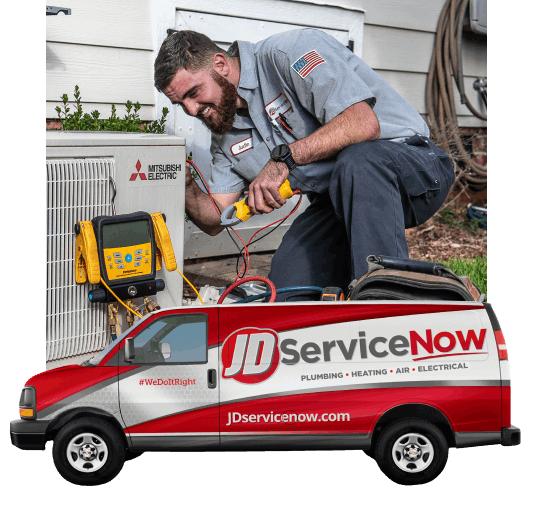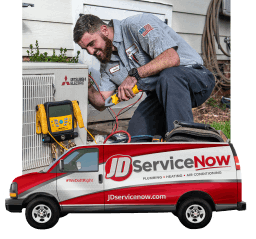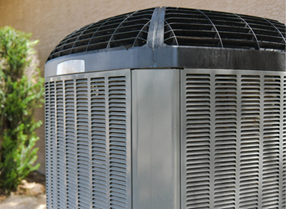To DIY or Not To DIY? A Guide to AC Maintenance
When it comes to air conditioner maintenance, there can be a lot of confusion about what you should and shouldn’t do yourself. On the one hand, many people want to save money and take care of things themselves. On the other hand, doing something wrong can be more costly in the long run.
To help you make the right decision, here’s a guide to AC maintenance so you can decide if DIY is right for you.
Checking & Replacing the Air Filter
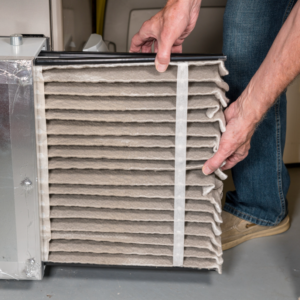
To change the filter, start by locating the air filter slot in the air handler, usually in the return air duct or plenum. Depending on the system, this slot may have either a slide-out panel or door, or you may need to remove screws to access the filter.
Once you have access, remove the old filter and replace it with a new one. Some filters are disposable, while others can be washed and reused. If you’re using a reusable filter, clean it according to the manufacturer’s instructions before reinstalling it.
Cleaning the Condenser Fan
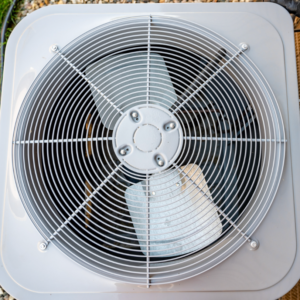
The condenser fan, located outside your home or business, provides air to your system’s condenser coils. These coils release heat and help maintain a comfortable temperature in your home or business.
To clean your condenser fan, start by turning off the power to your AC at the circuit breaker box. Once the power is off, open the access panel and use a vacuum or brush to remove any debris from the fan blades. You may also want to use an all-purpose cleaner on the exterior of the fan and coils to help remove dust or dirt buildup.
Once you’ve cleaned the fan and removed any blockages, reassemble the access panel and turn on the power to the system. If all went according to plan, you now have a clean and efficient condenser fan.
Cleaning the Evaporator Drain
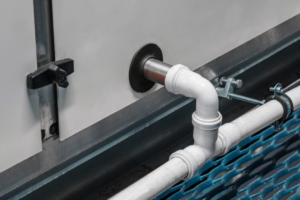
The evaporator drain collects water that accumulates during the cooling process and drains it away from the AC unit. If this drain isn’t properly maintained, it can lead to mold, mildew, and damage to the AC system. You’ll need a vacuum cleaner and hose attachment to clean your evaporator drain.
Start by unplugging the AC and disconnecting the drain line from the back of the unit. Then, attach the hose to the end of the vacuum and insert it into the drain line. Turn on the vacuum and suck out any dirt or debris collected in the drain line. Lastly, reattach the drain line to the unit and plug it back in.
Annual Inspections
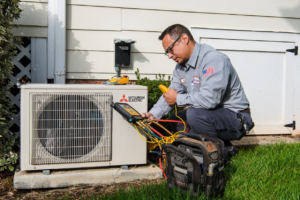
A professional will inspect all the major components of your AC system and make sure everything is in proper working order. They’ll also be able to check for any signs of wear and tear that could lead to future breakdowns.
By having a qualified technician come out once a year, you can rest assured that your system is being properly taken care of and maintained.
Compressor Short-Cycling
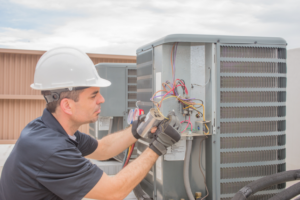
Compressor short-cycling is one of the most common electrical issues with air conditioners. It occurs when the compressor turns on and off rapidly, causing temperatures to fluctuate, energy bills to increase, and components to wear out faster than normal.
If you believe your compressor is short-cycling, you should immediately contact a professional. Don’t attempt to fix it yourself, as it could result in further damage and costly repairs.
When it comes to AC maintenance, there are certain tasks you can DIY to help keep your system in good condition and avoid costly repairs.
You can check and replace the air filter and clean the condenser fan and the evaporator drain. However, a few components of annual maintenance should be left to our JD Service Now experts to avoid safety hazards and self-inflicted repair needs.
We offer exceptional AC maintenance to customers throughout Durham and surrounding areas. Call 919-383-7000 to schedule your service today.
Recent Posts
Finance Now & Get Approved Today!
Don’t Sacrifice Your
Family’s Comfort!
FIND Out MORE
Family’s Comfort!
Recent Posts
Request Service
Get the fast, affordable HVAC, plumbing, or electrical services you deserve by filling
out the form below.
Request Service
Sign up for the Always Right
Home Partnership Program
Our 100% Worry-Free Home Service Plans
Experience unmatched peace of mind when you invest in our Home Partnership Program. From priority service, seven days a week, to 10% off all service and repairs, when you become a member of our home service plan, you can rest assured that our reliable team will keep your home’s comfort systems operating smoothly. Learn more about the HVAC, plumbing, and electrical benefits you’ll get when you sign up!
LEARN MORE